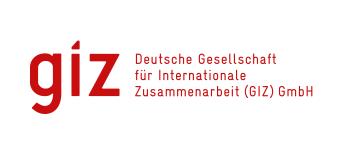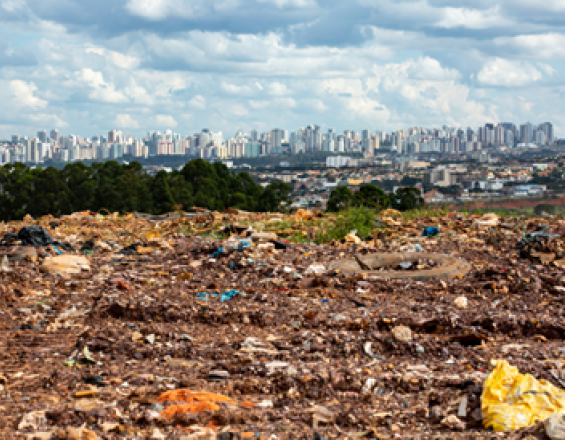
Closure and Recovery of the Structural Landfill, Brasilia/DF

Since the 1960s, the Brasilia landfill, also known as the "Structural Landfill", has been used as a final disposal area, directly on the ground, for all waste from the Federal District. It is estimated that during its operation, about 40 million tons of waste were deposited, including household waste, debris, pruning, antlers and bulky waste. The Structural landfill was considered the second largest landfill in the world in operation by the survey conducted by ISWA in 2014. Along with the closure of the landfill, its recovery and the construction of a sanitary landfill for DF waste was planned. In addition, the inclusion of recyclers in the selective collection was proposed, as well as the implementation of composting and sorting centers for recyclable materials and the implementation of selective collection.
Impacts
During the 3 years of preparation for the closure of the landfill, a long work of dialogue and joint planning was carried out: about 300 meetings were held with representatives of the recyclers. In addition, the Environmental Citizenship Agents Program was implemented, which benefits recyclers who live exclusively from recycling/collection, through aid linked to participation in training courses of 12h/month. In 2016, 900 recyclers were trained and in 2017, 600 recyclers benefited.
Regarding selective collection, the Federal District Urban Cleaning service has established a new model with the participation of waste pickers' organizations. In addition, all contracts provide for mobilizers who make the door-to-door approach of selective collection among the population, with the dissemination of the type of material to be selected, in addition to the days and times of collection by truck.
With regard to the recovery of the area degraded by the landfill where the Debris Reception Unit (URE) now operates, a study financed by the Global Environment Facility (GEF) has been contracted and is being carried out in the area of the former landfill, which covers approximately 200 hectares next to the Brasilia National Park.




